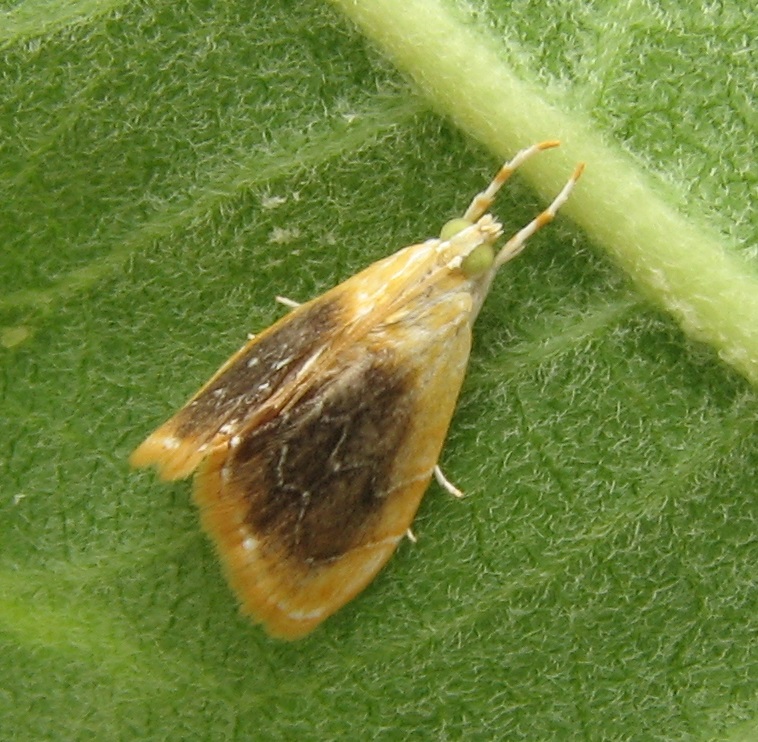|
Pseudoligostigma
''Pseudoligostigma'' is a genus of moths of the family Crambidae. Species *''Pseudoligostigma argyractalis'' *''Pseudoligostigma boliviensis'' Munroe, 1964 *''Pseudoligostigma enalassalis'' *''Pseudoligostigma enantialis'' *''Pseudoligostigma enareralis'' *''Pseudoligostigma heptopalis'' *''Pseudoligostigma incisa'' Strand, 1920 *''Pseudoligostigma odulphalis'' (Schaus, 1924) *''Pseudoligostigma phaeomeralis'' *''Pseudoligostigma punctissimalis'' References Natural History Museum Lepidoptera genus database Glaphyriinae Crambidae genera {{Glaphyriinae-stub ... [...More Info...] [...Related Items...] OR: [Wikipedia] [Google] [Baidu] |
Pseudoligostigma Phaeomeralis
''Pseudoligostigma phaeomeralis'' is a moth in the family Crambidae. It is found in Bolivia , image_flag = Bandera de Bolivia (Estado).svg , flag_alt = Horizontal tricolor (red, yellow, and green from top to bottom) with the coat of arms of Bolivia in the center , flag_alt2 = 7 × 7 square p .... References Moths described in 1917 Glaphyriinae {{Glaphyriinae-stub ... [...More Info...] [...Related Items...] OR: [Wikipedia] [Google] [Baidu] |
Pseudoligostigma Punctissimalis
''Pseudoligostigma punctissimalis'' is a moth in the family Crambidae described by Harrison Gray Dyar Jr. in 1914. It is found from north-western Costa Rica Costa Rica (, ; ; literally "Rich Coast"), officially the Republic of Costa Rica ( es, República de Costa Rica), is a country in the Central American region of North America, bordered by Nicaragua to the north, the Caribbean Sea to the no ... to Panama and Trinidad. References Glaphyriinae {{Glaphyriinae-stub ... [...More Info...] [...Related Items...] OR: [Wikipedia] [Google] [Baidu] |
Pseudoligostigma Odulphalis
''Pseudoligostigma odulphalis'' is a moth in the family Crambidae. It was described by Schaus in 1924. It is found in Guatemala Guatemala ( ; ), officially the Republic of Guatemala ( es, República de Guatemala, links=no), is a country in Central America. It is bordered to the north and west by Mexico; to the northeast by Belize and the Caribbean; to the east by H .... References Glaphyriinae Moths described in 1924 {{Glaphyriinae-stub ... [...More Info...] [...Related Items...] OR: [Wikipedia] [Google] [Baidu] |
Pseudoligostigma Incisa
''Pseudoligostigma incisa'' is a moth in the family Crambidae. It was described by Strand in 1920. It is found in Trinidad. References Glaphyriinae Moths described in 1920 {{Glaphyriinae-stub ... [...More Info...] [...Related Items...] OR: [Wikipedia] [Google] [Baidu] |
Pseudoligostigma Argyractalis
''Pseudoligostigma argyractalis'' is a moth in the family Crambidae described by William Schaus in 1912. It is found from western Guatemala to central Costa Rica Costa Rica (, ; ; literally "Rich Coast"), officially the Republic of Costa Rica ( es, República de Costa Rica), is a country in the Central American region of North America, bordered by Nicaragua to the north, the Caribbean Sea to the no .... References Moths described in 1912 Glaphyriinae {{Glaphyriinae-stub ... [...More Info...] [...Related Items...] OR: [Wikipedia] [Google] [Baidu] |
Pseudoligostigma Boliviensis
''Pseudoligostigma boliviensis'' is a moth in the family Crambidae. It was described by Eugene G. Munroe in 1964. It is found in Bolivia , image_flag = Bandera de Bolivia (Estado).svg , flag_alt = Horizontal tricolor (red, yellow, and green from top to bottom) with the coat of arms of Bolivia in the center , flag_alt2 = 7 × 7 square p .... References Glaphyriinae Moths described in 1964 {{Glaphyriinae-stub ... [...More Info...] [...Related Items...] OR: [Wikipedia] [Google] [Baidu] |
Pseudoligostigma Enareralis
''Pseudoligostigma enareralis'' is a moth in the family Crambidae described by Harrison Gray Dyar Jr. in 1914. It is found from Costa Rica Costa Rica (, ; ; literally "Rich Coast"), officially the Republic of Costa Rica ( es, República de Costa Rica), is a country in the Central American region of North America, bordered by Nicaragua to the north, the Caribbean Sea to the no ... to central Panama. References Glaphyriinae {{Glaphyriinae-stub ... [...More Info...] [...Related Items...] OR: [Wikipedia] [Google] [Baidu] |
Glaphyriinae
Glaphyriinae is a subfamily of the lepidopteran family Crambidae. It was described by William Trowbridge Merrifield Forbes in 1923. The subfamily currently comprises 509 species in 75 genera. The larvae of Glaphyriinae predominantly feed on plants of the order Brassicales and are able to digest the glucosinolates contained in these plants. Genera *'' Abegesta'' Munroe, 1964 *'' Achantodes'' Guenée, 1852 *'' Aenigmodes'' Amsel, 1957 (= ''Aenigma'' Amsel, 1956) *'' Aethiophysa'' Munroe, 1964 *''Agastya'' Moore, 1881 (= ''Agastia'' Moore, 1881) *'' Aureopteryx'' Amsel, 1956 *'' Catharia'' Lederer, 1863 *'' Cereophagus'' Dyar, 1922 *''Chalcoela'' Zeller, 1872 *'' Chilomima'' Munroe, 1964 *'' Chilozela'' Munroe, 1964 *'' Contortipalpia'' Munroe, 1964 *''Cosmopterosis'' Amsel, 1956 *'' Dichochroma'' Forbes, 1944 *'' Dicymolomia'' Zeller, 1872 (= ''Bifalculina'' Amsel, 1956) *'' Eupoca'' Warren, 1891 *'' Eustixia'' Hübner, 1823 (= ''Thelcteria'' Lederer, 1863, ''Thlecteria'' Dyar, ... [...More Info...] [...Related Items...] OR: [Wikipedia] [Google] [Baidu] |
Arthropod
Arthropods (, (gen. ποδός)) are invertebrate animals with an exoskeleton, a Segmentation (biology), segmented body, and paired jointed appendages. Arthropods form the phylum Arthropoda. They are distinguished by their jointed limbs and Arthropod cuticle, cuticle made of chitin, often Mineralization (biology), mineralised with calcium carbonate. The arthropod body plan consists of segments, each with a pair of appendages. Arthropods are bilaterally symmetrical and their body possesses an exoskeleton, external skeleton. In order to keep growing, they must go through stages of moulting, a process by which they shed their exoskeleton to reveal a new one. Some species have wings. They are an extremely diverse group, with up to 10 million species. The haemocoel, an arthropod's internal cavity, through which its haemolymph – analogue of blood – circulates, accommodates its interior Organ (anatomy), organs; it has an open circulatory system. Like their exteriors, the internal or ... [...More Info...] [...Related Items...] OR: [Wikipedia] [Google] [Baidu] |

